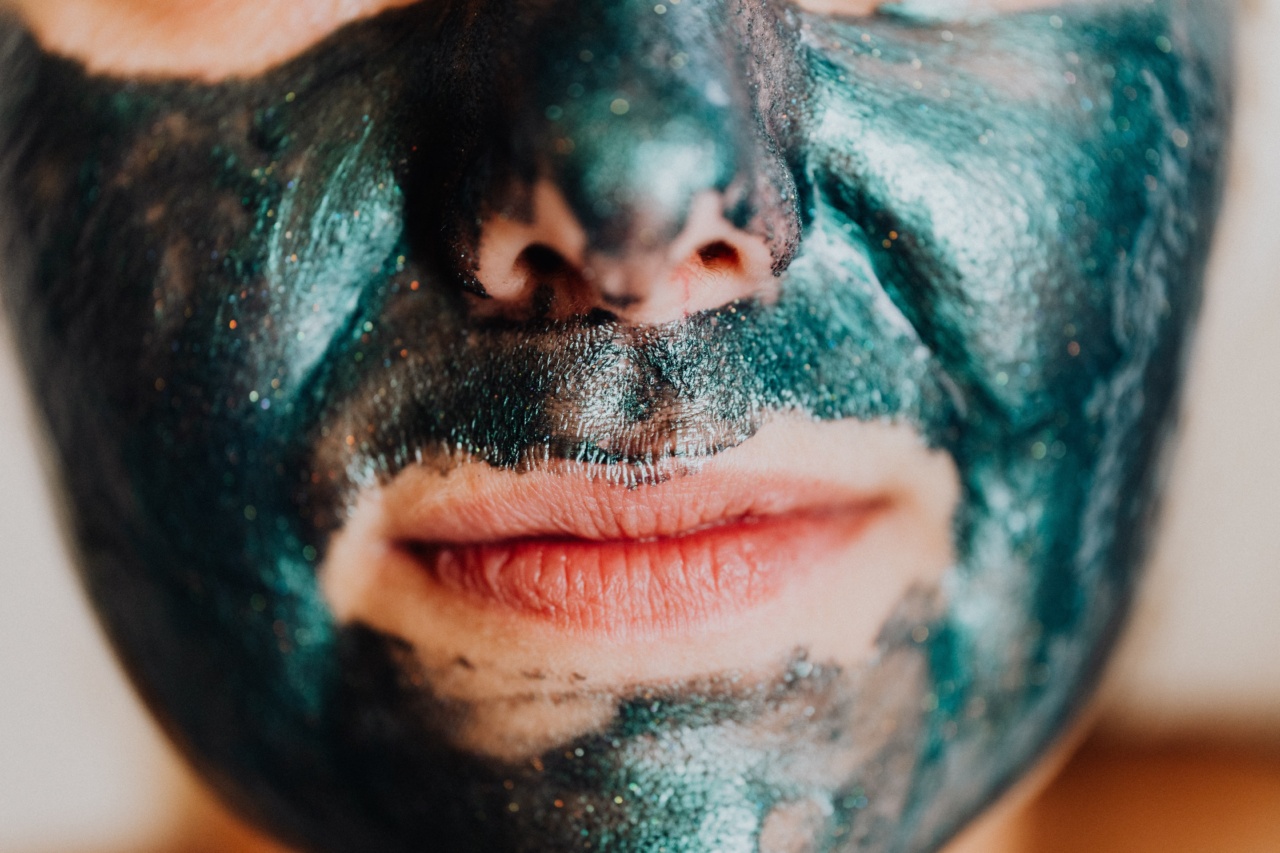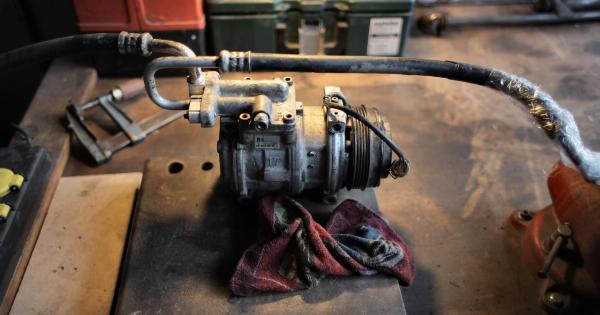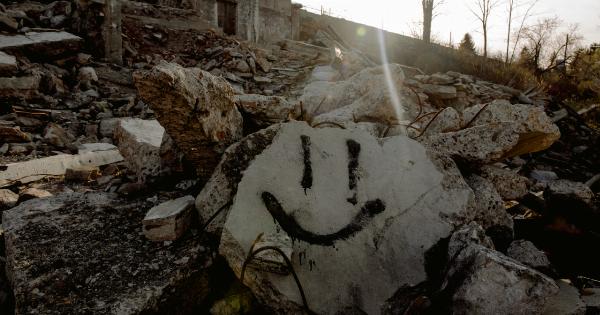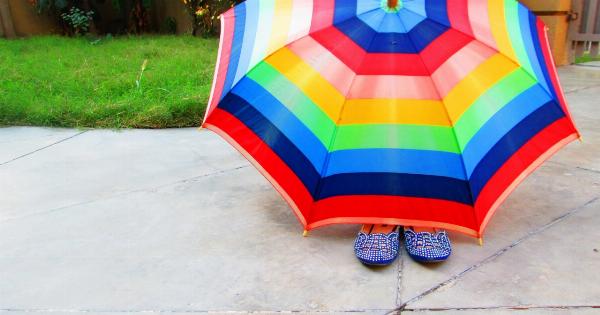Skin aging is a natural process that occurs as we grow old. However, certain environmental factors such as sun damage can accelerate this process. Ultraviolet (UV) radiation is one such factor that can cause premature aging of the skin.
UVA1 radiation, which penetrates deeper into the skin than other UV rays, is particularly damaging and has been linked to permanent skin aging.
What is UVA1 Radiation?
UVA1 radiation is a form of UV radiation that has a wavelength of 340-400 nanometers.
Unlike UVB radiation which is responsible for sunburns, UVA1 radiation can penetrate deeper into the skin and cause damage to the collagen and elastin fibers that keep the skin firm and supple.
How does UVA1 Radiation cause Skin Aging?
UVA1 radiation damages the skin by generating free radicals. Free radicals are unstable molecules that can cause damage to DNA, proteins, and lipids in the skin.
When collagen and elastin fibers are damaged due to UVA1 radiation, the skin loses its elasticity and becomes saggy. This can lead to the development of fine lines, wrinkles, and age spots, which are all characteristic signs of skin aging.
Effect of UVA1 Radiation on Skin Cells
UVA1 radiation can also damage the skin cells known as keratinocytes. Keratinocytes are responsible for producing a protein called keratin, which is a major component of the skin’s protective barrier.
When UVA1 radiation damages the keratinocytes, it can lead to a breakdown of the skin’s protective barrier. This can make the skin more susceptible to damage from other environmental factors such as pollution and chemicals.
Research Studies
Several research studies have shown that UVA1 radiation can cause permanent skin aging.
A study published in the Journal of Investigative Dermatology found that UVA1 radiation exposure in human skin caused the accumulation of advanced glycation end products (AGEs) which are known to play a key role in the aging process. Another study published in the British Journal of Dermatology found that UVA1 radiation exposure led to a decrease in skin collagen and an increase in the expression of matrix metalloproteinases (MMPs) which are enzymes that break down collagen.
Preventing UVA1 Radiation Damage
The best way to prevent UVA1 radiation damage is to protect your skin from the sun. This can be done by wearing protective clothing, hats, and sunglasses, and by using a broad-spectrum sunscreen with an SPF of 30 or higher.
It is also important to avoid tanning beds, which emit high levels of UVA1 radiation.
Treating UVA1 Radiation Damage
If you have already been exposed to UVA1 radiation, there are several treatments available to help reduce the signs of aging. These include laser resurfacing, chemical peels, and topical treatments such as retinoids and antioxidants.
Conclusion
UVA1 radiation is a major contributor to permanent skin aging. It damages the skin by generating free radicals, leading to the breakdown of collagen and elastin fibers, and damaging skin cells.
Protecting your skin from the sun and avoiding tanning beds is the best way to prevent UVA1 radiation damage. If you have already been exposed to UVA1 radiation, there are several treatments available to help reduce the signs of aging.




























